Shaping the organization

Sustainable storage, what does that actually mean?
Of course, we look at the cadastre, but it goes much further than that. Consider, for example, an up-to-date database of all quay walls and bridges in the Netherlands. With a team from the municipalities of Amsterdam, Rotterdam, The Hague, Eindhoven, Amersfoort and Apeldoorn (with more to follow), we are shaping the organization that can make this possible. Our goal is to determine how we can record data about the built environment — both above and below ground — in a way that lasts for eternity. In time, the applications and platforms capable of doing this will naturally follow.
Why do we want this?
Many user stories have shown that people want to reuse built-environment data to perform analyses, for example, to identify which materials were used (a materials passport). You could also analyze which permits were granted in, say, 1981 for a government building in your area.
"A massive amount of data is being lost. And we all know that data equals money."
Many people immediately bring up AI. A common comment is: "Surely we can solve all of this with AI?"
At the moment, AI draws much of its data (oddly enough) from Reddit. On top of that, when dealing with unstructured data, it is crucial for an engineer performing an analysis to be able to rely on accurate information. Structured and validated data is therefore essential — not only for engineers, but also for policymakers.
Als je wilt, kan ik er ook een pakkende websectie van maken met duidelijke kopjes en kortere alinea's.

